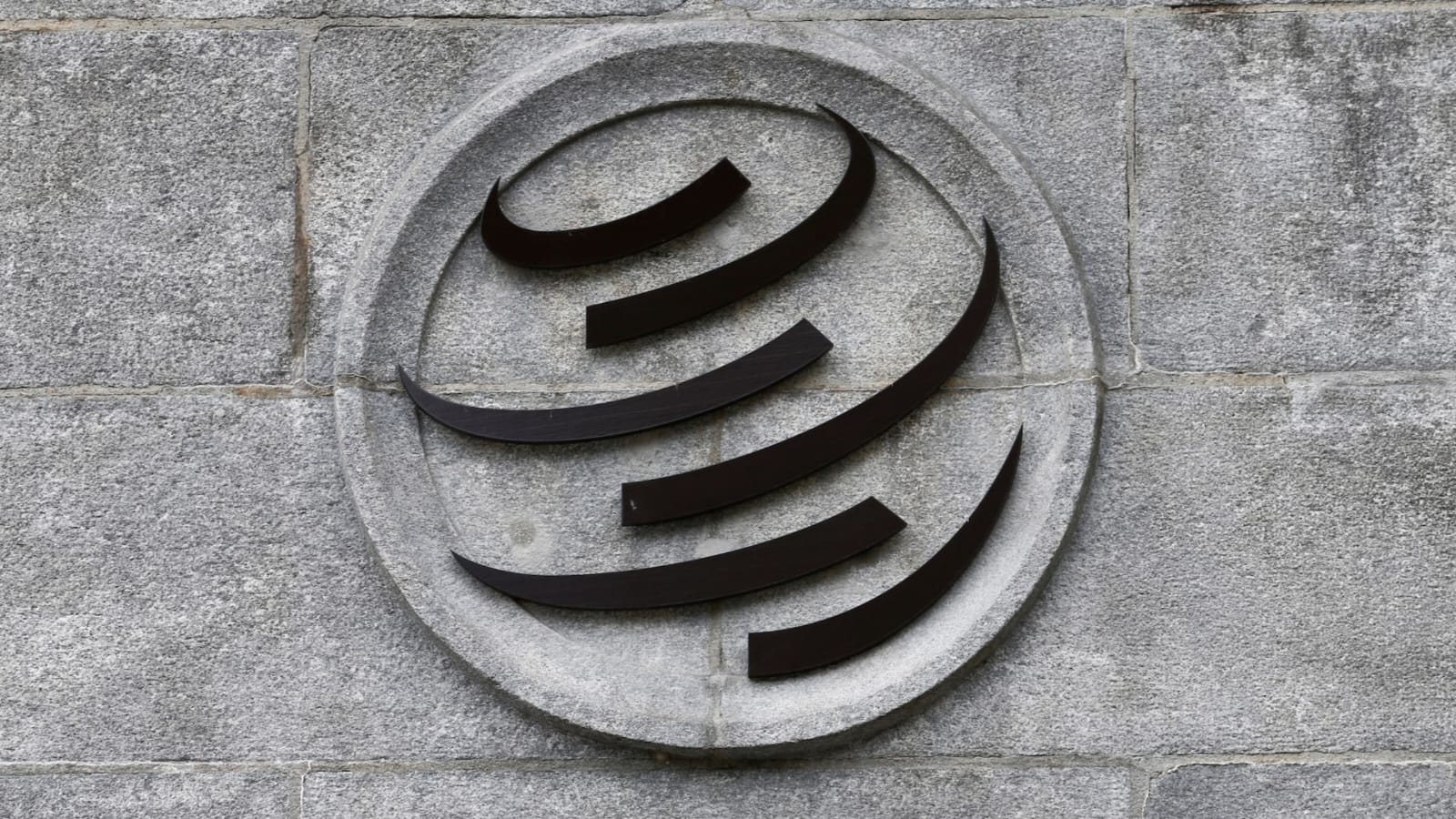India-Japan LUPEX: Lunar South Pole Water Hunt

India-Japan LUPEX Mission to Explore Lunar South Pole Water
India and Japan have taken another determined step toward exploring the Moon’s mysterious south pole. Through the Lunar Polar Exploration Mission (LUPEX), also referred to as Chandrayaan-5 by India, the two nations are advancing a collaborative scientific effort aimed at uncovering water ice and other volatiles beneath the lunar surface. The mission is a part of India’s Chandrayaan series and marks the first Indo-Japanese lunar cooperation.
Collaborative Meeting in Bengaluru Strengthens Technical Coordination
Officials and experts from India’s space agency ISRO and Japan’s space agency JAXA, along with representatives from Mitsubishi Heavy Industries (MHI), convened for the third Technical Interface Meeting (TIM-3) in Bengaluru. Held at ISRO Headquarters, the meeting brought together top officials, project managers, and technical teams to delve into key aspects of the LUPEX mission.
Dr. Tirtha Pratim Das, Director of ISRO’s Science Programme Office, presented significant mission progress. He highlighted several milestones including landing site identification, payload planning, mission architecture, and the development of communication infrastructure. Ravi Chandra Babu, the LUPEX study team leader, emphasized the need for well-defined project deliverables, timelines, and structured coordination moving forward.
Mission Overview and Core Scientific Goals
LUPEX aims to explore permanently shadowed regions (PSRs) at the lunar south pole, which are believed to harbor frozen water and other valuable resources. The focus on these less-explored zones opens a window to scientific data crucial for understanding the Moon’s composition and its potential to support future space missions.
Water on the Moon could be transformative for space exploration. It can be electrolyzed to extract hydrogen and oxygen—critical components of rocket fuel. If lunar water can be reliably sourced and extracted, it may reduce dependency on Earth-based fuel supplies, enabling deeper and longer human missions into space. Thus, LUPEX’s goal to identify and analyze such resources holds tremendous long-term implications.
Technical Advancements and Payload Details
The LUPEX mission will consist of a Japanese-built rover and an Indian-built lander. The rover, weighing approximately 350 kilograms, significantly surpasses the 25-kilogram Pragyan rover that was part of Chandrayaan-3. This larger size will allow for more advanced instrumentation and longer operational periods.
Designed to navigate autonomously, the rover will search for regions with high potential for water presence. It will carry a drill to collect sub-surface samples, which will then be examined in detail using onboard analytical equipment. Meanwhile, the lander will support this exploration by gathering data about the Moon’s surface environment and enabling communication with Earth.
The full LUPEX craft will weigh approximately 6,500 kilograms. The mission is designed to last slightly over 100 days after landing, though operational life may extend to as long as one year depending on environmental conditions and system performance.
Development of the H3 Launch Vehicle
To deliver LUPEX to the Moon, Japan’s new H3 launch vehicle will be used. Developed by MHI, this 63-meter-tall, 574-ton rocket is Japan’s next-generation workhorse. It is engineered to be cost-effective by integrating commercially available components—many derived from domestic industries such as automobile manufacturing—rather than relying solely on specialized aerospace parts.
The H3 uses a combination of solid and cryogenic fuels, including liquid hydrogen and liquid oxygen, ensuring a high-efficiency launch mechanism. Aimed at streamlining production and reducing costs, the rocket’s design reflects a move away from customized builds to a line production model similar to general industrial products.
Joint Progress and Strategic Vision
The recent technical meeting reflected the strong synergy between ISRO and JAXA. Dai Asoh from JAXA outlined Japan’s progress on rover development and critical interface designs. The dialogue between teams focused on refining mission architecture, potential landing sites, and the joint implementation roadmap. The technical alignment achieved during TIM-3 will help synchronize both countries’ contributions for the complex task of lunar surface operations.
Earlier this year, ISRO Chief Dr. V. Narayanan mentioned in an interview that the Japanese rover for LUPEX would be nearly ten times heavier than Pragyan, allowing it to perform more sophisticated tasks such as deep drilling, extended soil analysis, and autonomous mobility in challenging terrain.
Significance of Water in Lunar Exploration
The search for water on the Moon has become a key focus of global space missions. Water can be a critical enabler for long-term lunar exploration and colonization. Beyond serving as rocket fuel, water can support astronauts’ basic needs and provide protection from radiation. If LUPEX can identify significant water resources, it may pave the way for sustainable human operations on the Moon.
LUPEX will target areas previously identified through remote sensing as potentially rich in water ice. The in-situ measurements by the rover and lander will verify these findings and determine the exact water concentration, quality, and feasibility of extraction.
In doing so, the mission will also contribute valuable data to the Artemis Program, the United States-led initiative to return astronauts to the Moon and establish a long-term human presence. The global scientific community stands to benefit from LUPEX’s findings, which will help inform the strategies and designs of future lunar missions.
Future Outlook and Shared Benefits
The LUPEX mission, approved by the Indian government in March 2025 through financial sanction, is slated for a launch window around 2028–2029. The timeline allows for detailed development, rigorous testing, and coordination among the participating agencies.
As more spacefaring nations and agencies turn their eyes toward the Moon’s south pole, LUPEX stands out for its focus on scientific cooperation. The mission reinforces the value of international collaboration in addressing shared challenges in space exploration. Both India and Japan bring unique strengths—ISRO’s experience with lunar missions and JAXA’s advanced robotics and rover technologies.
By focusing on resource mapping, environmental assessment, and mission sustainability, LUPEX will inform the next generation of lunar exploration strategies. It aims not only to answer scientific questions but also to serve as a model for peaceful, cooperative, and sustainable use of extraterrestrial resources.
A Milestone for Global Space Cooperation
The LUPEX mission represents a convergence of scientific vision, technological innovation, and strategic collaboration between India and Japan. With its ambitious goals and methodical planning, the mission holds the promise of deepening humanity’s understanding of the Moon while setting the stage for sustainable space exploration in the years to come.
LUPEX’s progress underlines the critical role of international cooperation in space science. As more countries contribute their expertise to joint missions, the global space community moves closer to building a permanent presence beyond Earth—one driven not by competition, but by shared goals and mutual respect.








1 Comment
[…] Vice President Bharrat Jagdeo has expressed unwavering solidarity with India in its ongoing campaign against terrorism. His remarks came during a significant meeting with the […]
Comments are closed.